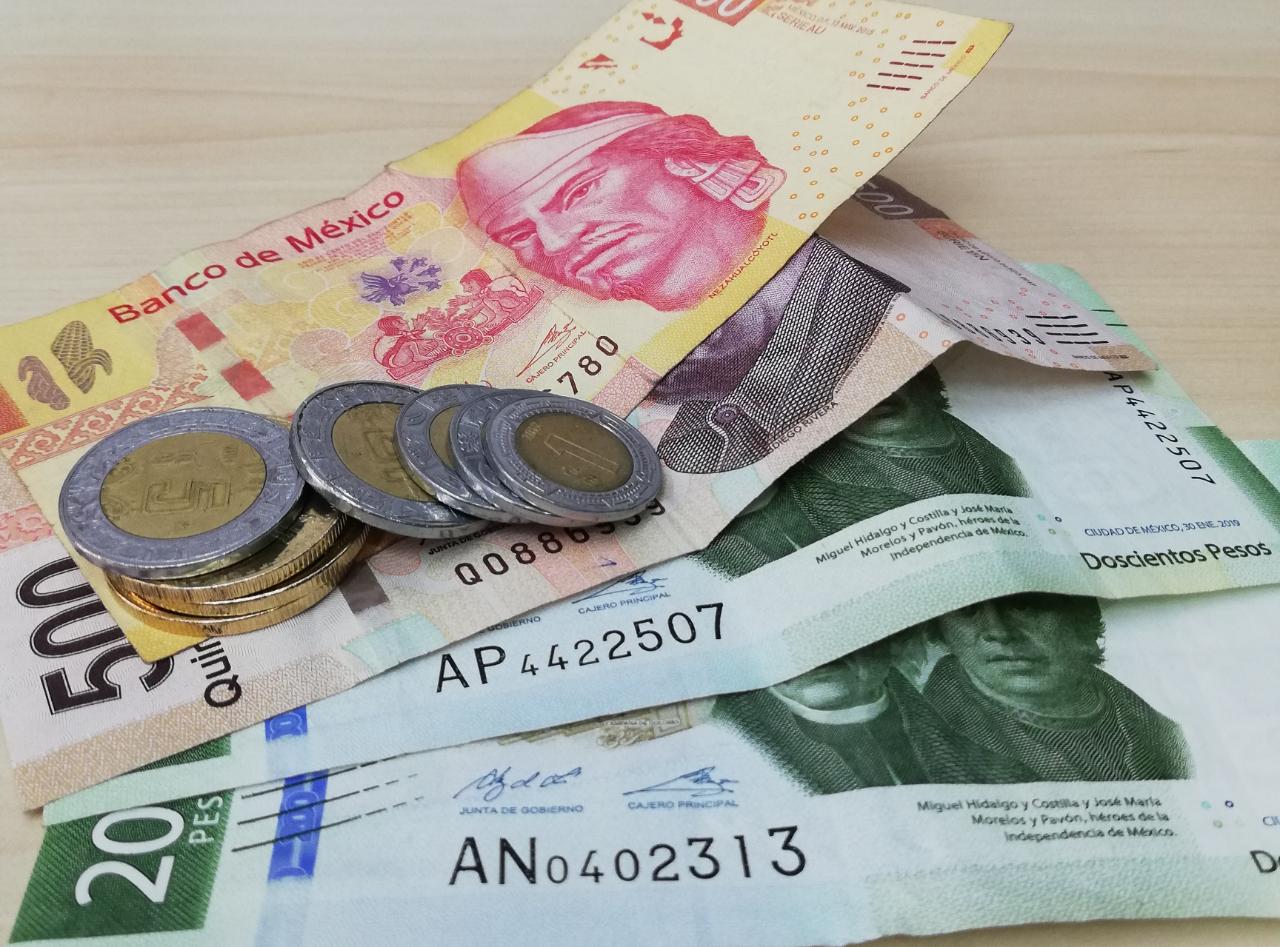Living-Wage-Gap and Equalisation analysis (vis-à-vis the U.S.) for 14 Selected Economies – for all employed in the manufacturing sector– in PPP for private consumption terms 1996-2017
Abstract
- In 2017 Japan has reversed the downward trend in living-wage equalisation (Eq-Idx) that began in 2013, increasing its Eq-Idx by three points, to a 69 index. This is the result of the combination of the drop of the US hourly rate, an increase of Japan’s hourly rate in local currency and the drop of PPP cost of living, despite a decrease of its hourly rate in US dollars. South Korea sustained the growing trend of its Eq-Idx that resumed in 2014 after a brief downturn in 2013, and it is now at 71, three points below its highest index in 2012. This is the result of the combination of the drop of the US equivalent rate, an increase of the local currency rate, and a currency revaluation that produced a 4% increase of its hourly rate in US dollars. South Korea has also been able to remain ahead of Japan’s Eq-Idx. A strong drop of Singapore’s hourly rate in local currency produced a 1 point loss in its Eq-Idx.
- In the euro zone, Spain, Germany and France stopped their downturn that began in 2012, after steady and stronger growth of the US hourly rate vis-à-vis the growth of their comparative hourly rates in euros. In the case of France and Germany, they recovered some ground in their equalisation due to the revaluation of the euro in 2017 and no change in their PPP cost of living, despite the drop of their hourly rates in local currency. In the case of Spain the revaluation of the euro combined with a +2% growth of its hourly rate in euros and again no growth of the PPP cost of living, enabled it to gain four points in its Eq-Idx. In contrast, Italy’s drop of its hourly rate of almost 4% in local currency and 2% in US dollars, produced further erosion of its Eq-Idx that began in 2014.
- The United Kingdom, reversed the sustained erosion of its Eq-Idx that began in 2008 and gained four points from its 2016 position. This resulted from the devaluation of its currency and a drop of its PPP cost of living, combined with a 2,2% growth of its hourly rate in local currency and the nearly 1% drop of the US rate. In contrast, Australia continued to decrease its Eq-Idx that began in 2014, with 4,4% drop of its hourly rate in local currency and a 1,9% increase in the PPP cost of living. In the case of Canada, the combination of its hourly rate increase in Canadian dollars of 9,4%, its currency revaluation of 2,2% and the 0,9% US rate decrease, produced an 11,8% increase of its hourly rate in US dollars between 2016 and 2017. This enabled its living wage equalisation index (Eq-Idx) to grow 10,2%, from 75 to 83, its highest since 2010. South Africa is a new economy incorporated into this report, showing a steady increase of its Eq-Idx since 2004, the earliest year with available data. But little growth of its hourly rate in local currency (1,9%) combined with strong inflation that pushed up its PPP cost of living almost 14% did not allow it to sustain its Eq-Idx growth in 2017, despite the fact that a strong currency revaluation increased its hourly rate +12% in US dollars. Extremely strong growth of the hourly rate in local currency (41%) at a much higher rate than the strong currency devaluation (17%) produced a strong increase of 31% of Turkey’s Eq-Idx, the highest of all economies included in our reports.




